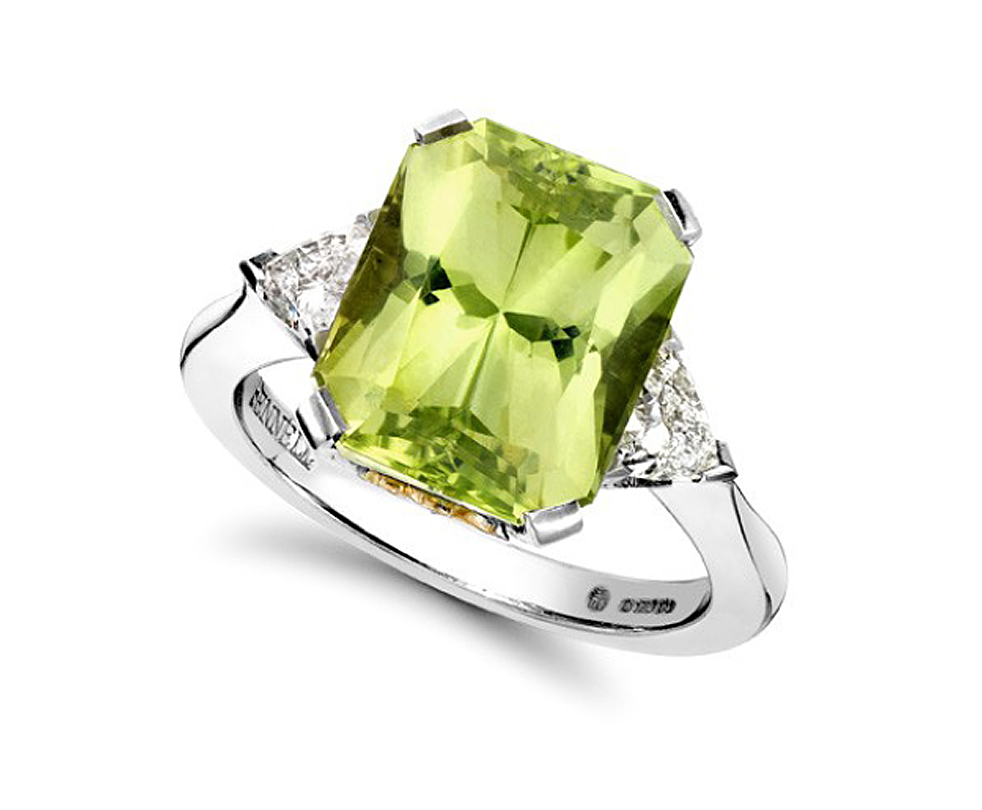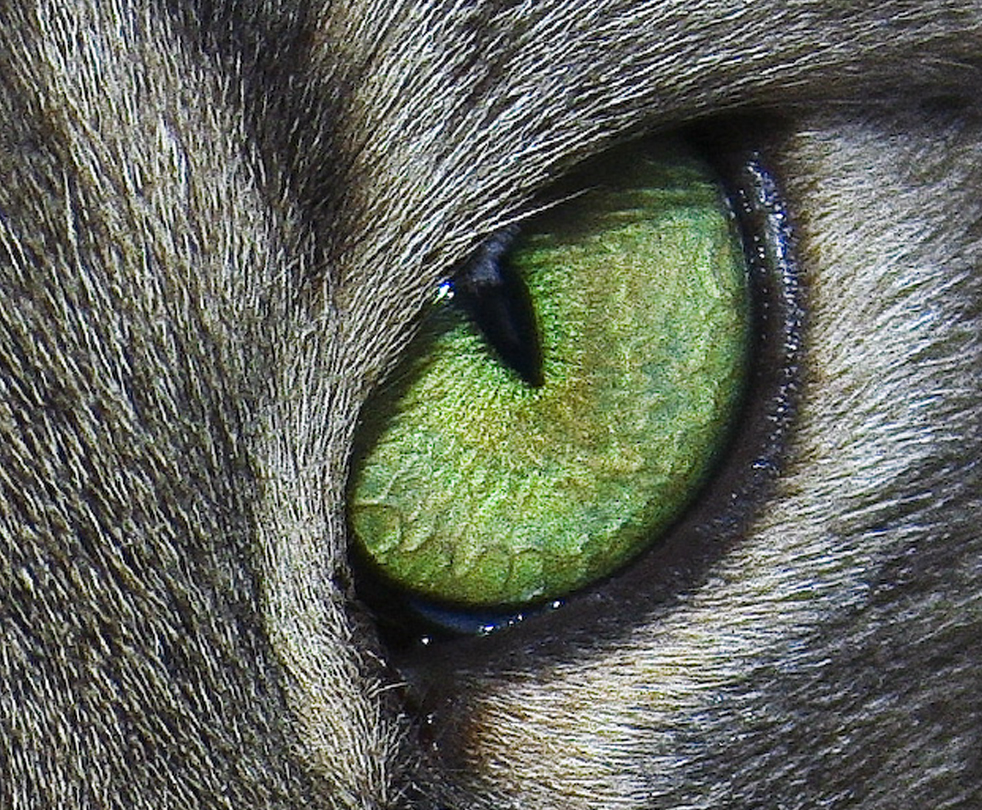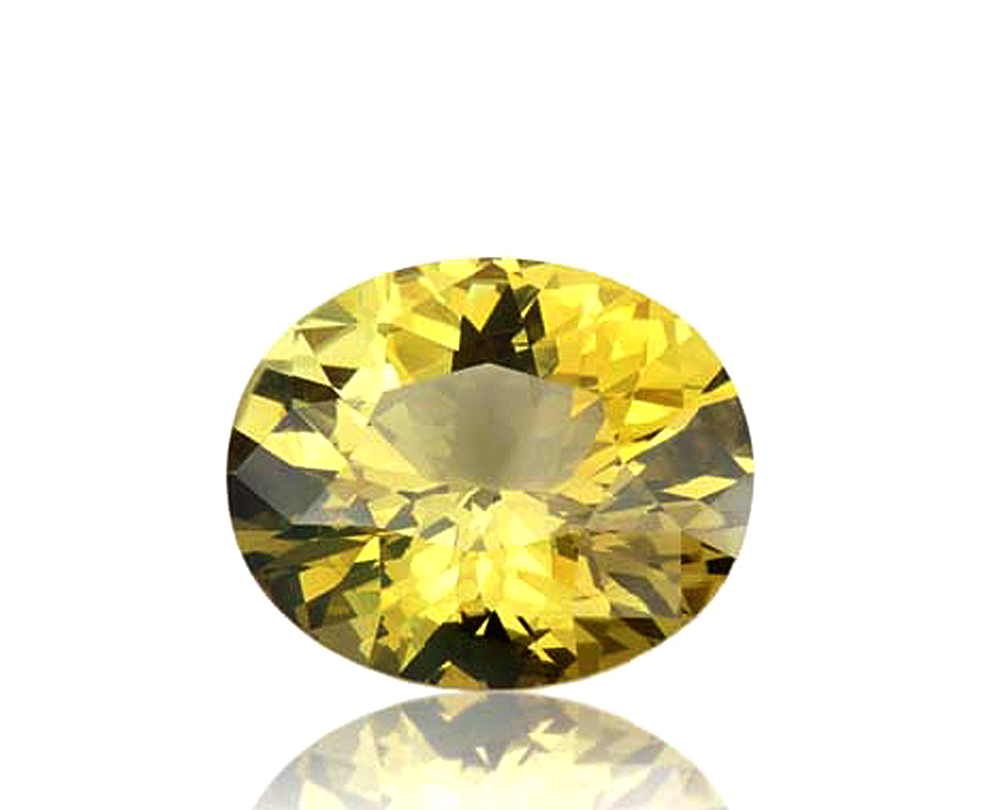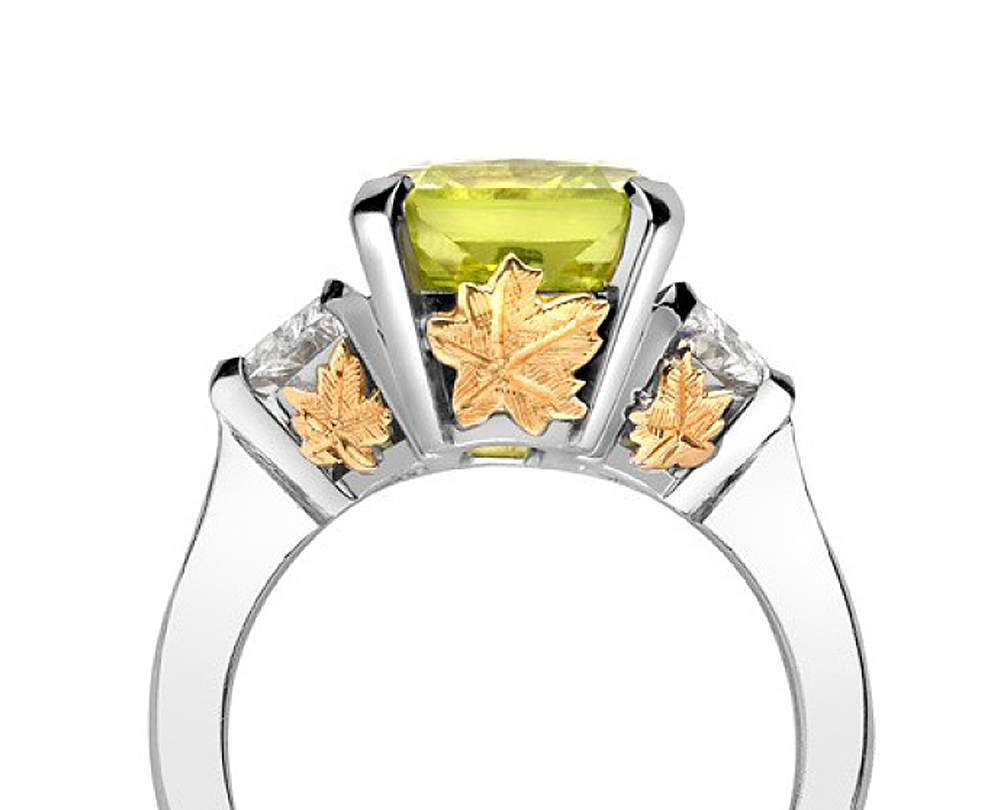Chrysoberyl
Some Chrysoberyls exhibit an optical phenomenon known as the ‘cat’s eye effect’ whereby a streak of light bisects the stone, caused by reflection off a multitude of fine needle-like inclusions.
But the most highly prized variety of Chrysoberyl is Alexandrite which changes colour from red in artificial tungsten light to green in daylight. Originally discovered in the Ural Mountains in Russia, it was named after Tsar Alexander II.
High quality examples with a really pronounced colour change are amazing to look at and very rare so are hugely expensive.
Description: This gemstone occurs in yellow, green and brown colours, but in spite of its name, it is not a member of the Beryl family, which is confusing! The best examples are found in Brazil and Sri Lanka.
Hardness: 8.5 on Mohs Scale
Birthstone: June








